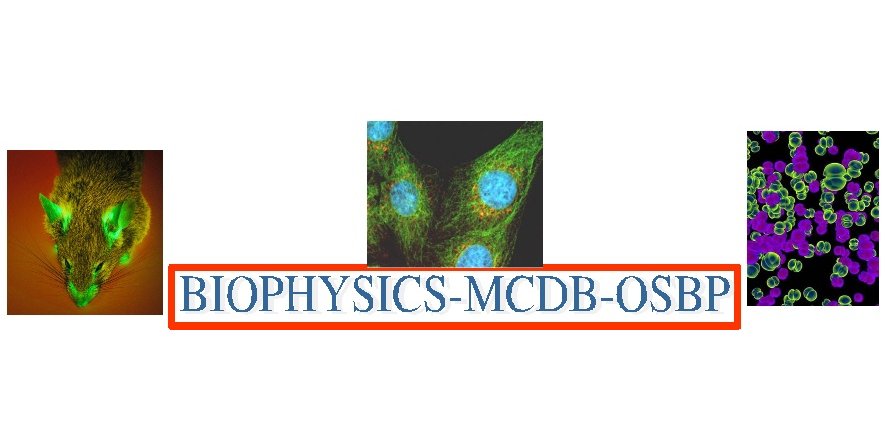Interdisciplinary Graduate Programs Symposium

2010 OSU Molecular Life Sciences
Interdisciplinary Graduate Programs Symposium

Poster abstracts
Abstract:
Idiopathic pulmonary fibrosis (IPF) is a chronic progressive fibrotic lung disease characterized by abnormal alveolar wound repair and remodeling as a result of collagen deposition and other proteins that change the microenvi-ronment of the cells in the alveolar space. These changes increase the expression of certain genes such as CTGF, VEGF, GM-CSF, and TSP-1; however, the precise mechanisms responsible for the increased gene and protein expression are not known. Post-transcriptional regulation of genes and their products can occur via miRNAs.The miR-17~92 polycistron cluster is located on chromosome 13 as an open reading frame which encodes 6 miRNAs. The miR-17~92 miRNA cluster targets genes, such as metalloproteinases, collagen, and TGF-β that are highly expressed in IPF. Our preliminary data indicated decreased expression of the miR-17~92 miRNA cluster members in the lungs from patients with IPF. We therefore hypothesized that changes in miRNA expression can be associated with IPF. RNA and protein samples from lung tissue from patients with IPF as well as a murine model of fibrosis and human lung fibroblast from patients with IPF were isolated and subjected to miRNA transcriptional profiling for expression of the miR-17~92 cluster and western blot analysis and RT-PCR for related genes and proteins. As predicted, we observed a decrease in several of the miRNAs encoded by the miR-17~92 cluster. Notably, miR-19b and miR-20a decreased in accordance with disease severity of IPF. Since the promoter of the miR-17~92 cluster is heavily occupied with CpG Islands (>90%), we hypothesized that DNA methylation regulates the expression of the cluster. Our preliminary data suggest that epigenetic silencing of the miR-17~ 92 cluster occurs by methylation of the promoter which increases with severity of disease. Indeed, by relieving DNA methylation with 5’-Aza-2-deoxycytidine the suppression of the miRNA cluster is released and subsequently the expression of gene targets is decreased. Our data indicate that dysregulation of miRNA expression in IPF may contribute to the development and/or progression of the disease. Thus, it appears that epigenetic regulation of the miR-17~ 92 cluster has a novel pathogenic mechanism in IPF.
Keywords: microRNA, Idiopathic Pulmonary Fibrosis (IPF), methylation